A chemistry laboratory is a place, usually a room, where scientific experiments are performed by the use of pieces of apparatus and chemical reagents
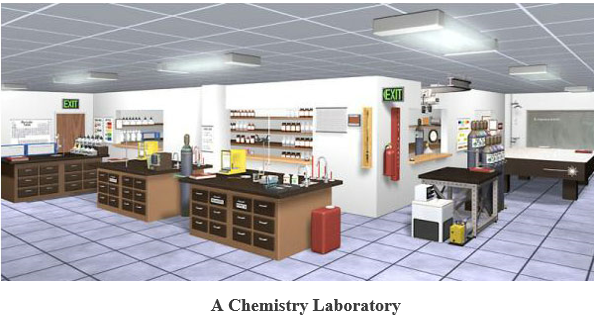
Chemistry laboratory apparatus: Mostly all the apparatus are usually made up of glass such as Pyrex (borosilicate)soda glass, beaker, test tube etc., metals, wood, plastics, and porcelain. Some are improvised i.e. they are locally made such as bamboo for making measuring cylinder, coconut shell for making beaker etc.
EVALUATION
CHEMISTRY LABORATORY APPARATUS AND THEIR USES
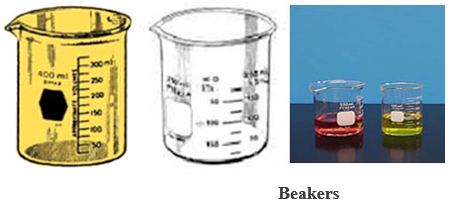
USES: Beakers are used to keep reagents for chemical tests, for holding and pouring liquids, and for measuring the volume of liquids.
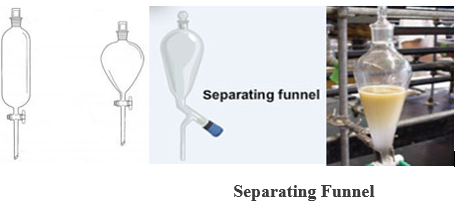
USE: It is used in the separation of immiscible liquids,e.g. a mixture of kerosene and water.

Evaporating Basin or Dish
USES: It is used in the evaporation of a liquid solution to dryness, or to concentrate a solution.

5. DISTILLATION FLASK: has a flat or round bottom made of glass with a slanting side arm.
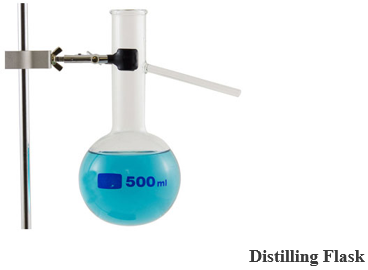
USE: during distillation.

Mortar and Pestle
USE: They are used in grinding or crushing solids into fine powder.
Chemistry Laboratory Common Equipment
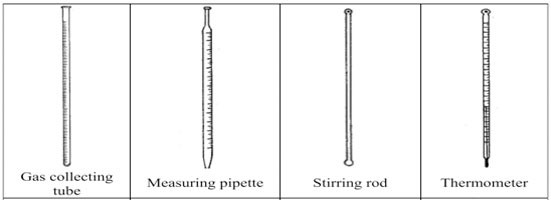
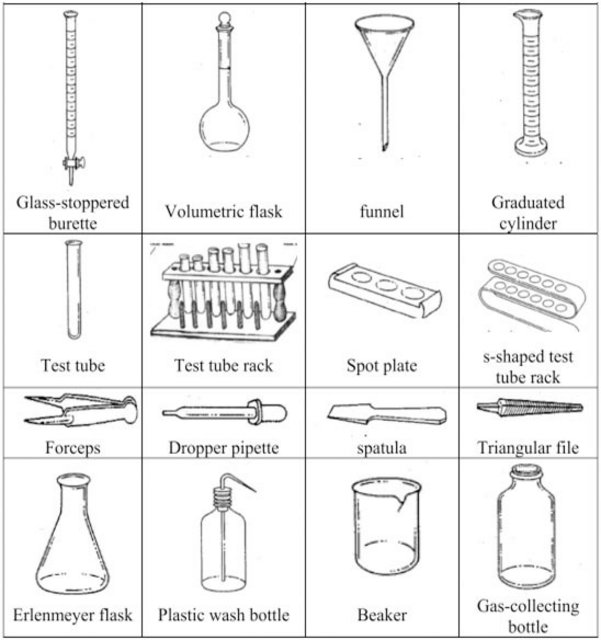
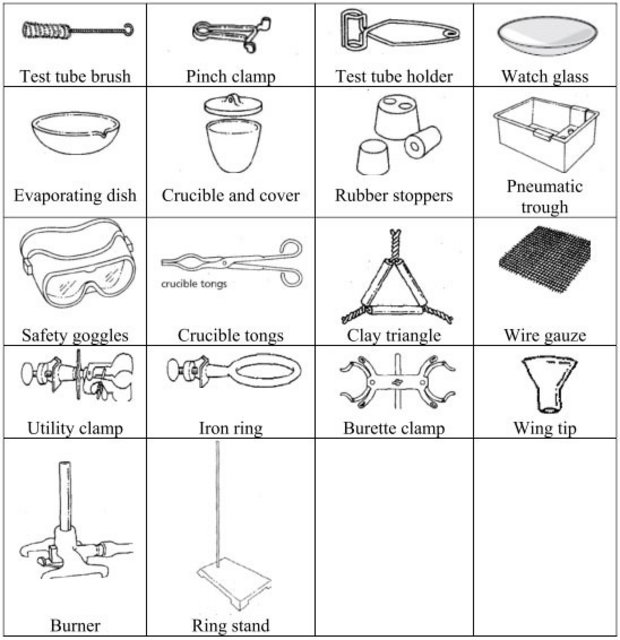
CHEMISTRY LABORATORY SET-UPS
A laboratory set-up is the combination of two or more apparatus, which are arranged in such a manner that the set-up is workable.
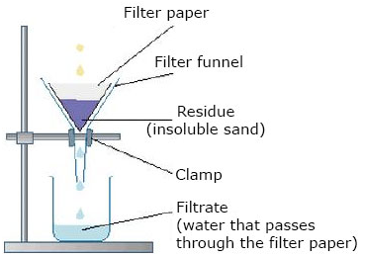
Filteration

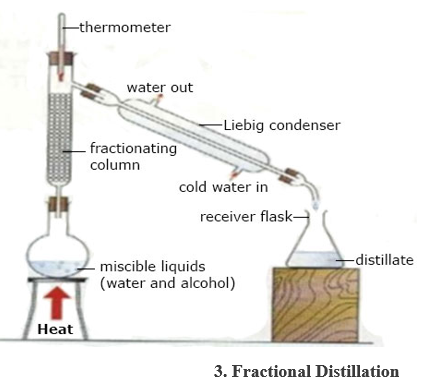
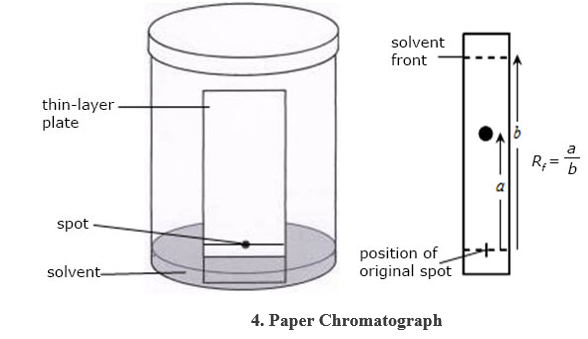
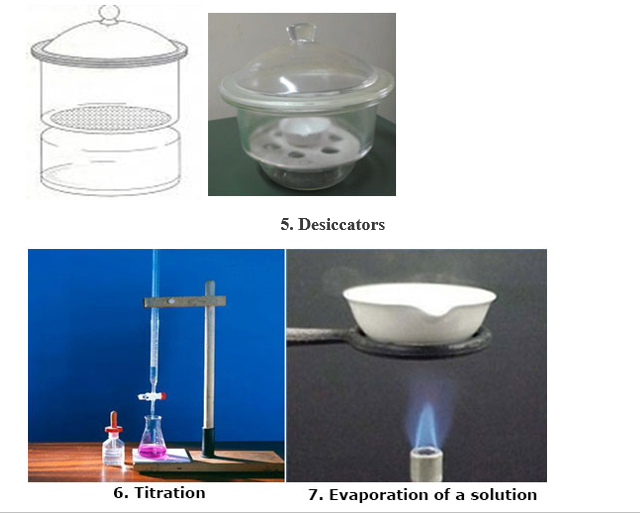
COMMON LABORATORY ACCIDENTS
Laboratory accidents are something unpleasant, undesirable or damaging that happens unexpectedly or by chance in the laboratory.
Generally it could involve the inhalation of dangerous substances or physical injury as the case may be. Most of the laboratory accidents occur as follows:
THE FIRE EXTINGUISHER IS LOCATED ON THE WEST WALL.

Fire Extinguisher
TYPES OF FIRE EXTINGUISHERS
Most lab fire extinguishers is Type ABC, effective against Types A, B, and C.
The average fire extinguisher only operates about 10 seconds. Do not waste it!
You must get close to the fire – as close as 5 or 6 feet!
To effectively operate an extinguisher, think P-A-S-S.
P — Pull the pin
A — aim the hose at the base of the fire
S — squeeze the handle
S — sweep the hose back and forth
SAFETY PRECAUTIONS
The following are the basic rules and regulations to guide your safety and hence prevent accidents in the laboratory.
(i) Pour liquids only down the sink or funnel, and never pour solids, to avoid blockage
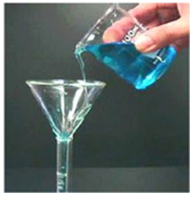
(ii) Clean the apparatus after use and replace them in their proper places.
(iii) Wipe down your bench and leave it clean and dry.
(iv) Do not light the Bunsen burner or other sources of heat until required. Turn it off when no longer required.
(v) Do not bring any food or drink in to the laboratory and avoid eating, drinking or smoking in the laboratory.
(vi) Contact lenses should NOT be worn in the laboratory
EVALUATION
(a) Reagent bottle (b) Water bath (c) Combustion boat (d) Wash bottle (e) Deflagratine spoon (f) Evaporating dish (g) Desiccator (h) Tripod stand (i) Test tube rack (j) Liebig condenzer (k) Beam balance.
post your answers on the forum for review
Read our disclaimer.
AD: Take Free online baptism course: Preachi.com 